Detailed information on current events in Dresden can be found on the following website:
Frauenkirche
The Frauenkirche church was destroyed during the Second World War, but was at last restored to the Dresden city skyline in 2005. Originally built in the Baroque style in the mid-17th century, the protestant city-centre church can today be visited once more on Dresden’s Neumarkt square. With its total height of 91.23 m and a dome diameter of 26.15 m, the Frauenkirche is recognised as one of the largest sandstone buildings in the world.
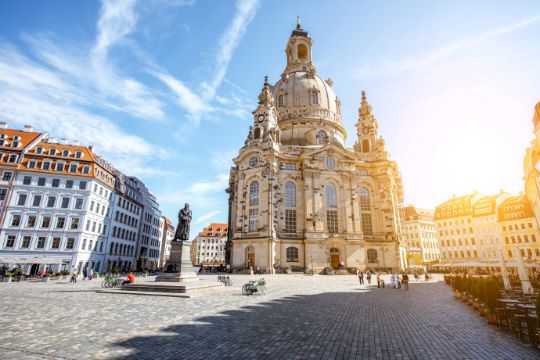
Dresdner Zwinger Palace
Dresden’s Zwinger Palace is more than just one of the most significant examples of Baroque architecture. Originally laid out as an orangery and garden in the years after 1709, it also served as a venue for opulent festivities. As an overall work of art comprising sculptures, frescoes, vases, richly ornamented pavilions and balustrades, it pays witness to the displays of splendour which characterised Augustus the Strong’s reign. The Zwinger Palace was badly damaged in the wartime air raids and in parts even fully destroyed. Following reconstruction, it today houses museums such as the Old Masters Picture Gallery, the Royal Porcelain Collection and the Mathematical-Physical Salon.
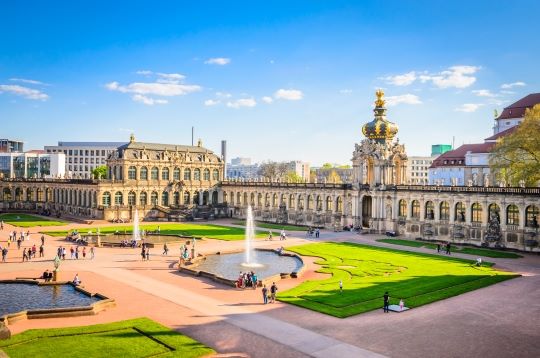
Semper Opera House
The former Saxon Royal Court and State Opera House, today home to the Dresden State Opera Company, is named after architect Gottfried Semper, whose designs for a building in the style of the Neo-Renaissance were realised between 1871 and 1878. Together with the nearby Staatsschauspiel Theatre, it operates as the Saxon State Theatre Company.
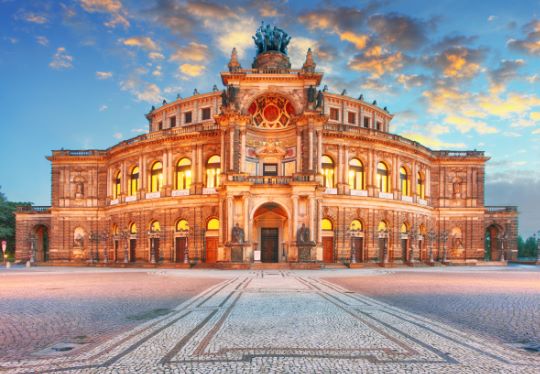
Golden Horseman
The Golden Horseman is Dresden’s best-known monument and depicts Augustus the Strong, in his time both the Saxon electoral prince and King of Poland. The statue is considered one of the most important sculptural works of the Baroque period in Dresden and was unveiled on 26th November 1736. The Golden Horseman stands on Neustädter Markt between the Augustbrücke bridge and the Hauptstraße boulevard.

Dresden Royal Palace
The Dresden Royal Palace is one of the oldest buildings in the city. Its origins can be traced back to the 12th century. It was the seat of the Dresden royal court and served Saxon electors and kings as a residential palace. It today accommodates no less than five museums which are always worth a visit: the Green Vault Treasure Collection, the Coin Cabinet, the Museum of Prints, Drawings and Photographs, the Dresden Armoury Collection and the Turkish Chamber.
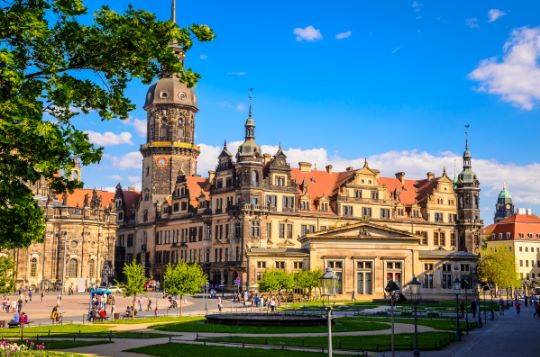
Procession of Princes
Literally around the corner from the Frauenkirche, visitors can also admire the so-called Procession of Princes, a monumental mural painted onto around 23,000 tiles made of Meissen porcelain. With a length of 102 metres, it is the largest porcelain mural in the world and depicts the 34 margraves, dukes, electoral princes and kings from the House of Wettin who reigned over Saxony between 1127 and 1873. The final rider in the procession is Prince Georg, who later also became king.
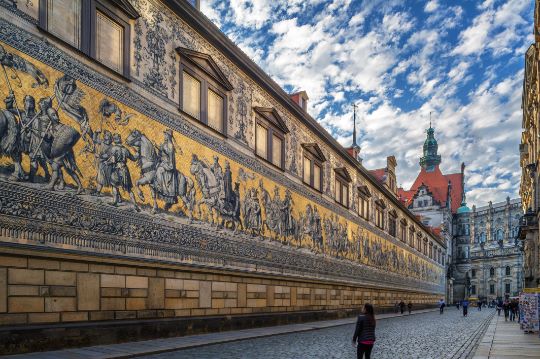
Großer Garten Park
If the weather is fine, you should consider spending a little time in the Grosser Garten Park, which begins just over a kilometre to the east of the city centre. With a total area of 1.8 square kilometres, its extensive lawns and meadows are perfect for a relaxed stroll or a picnic with friends. The centrepiece of the park is a beautiful summer palace. No less deserving of a visit is the directly adjacent botanical garden, where you can discover some 10,000 different species of plants from all over the world.
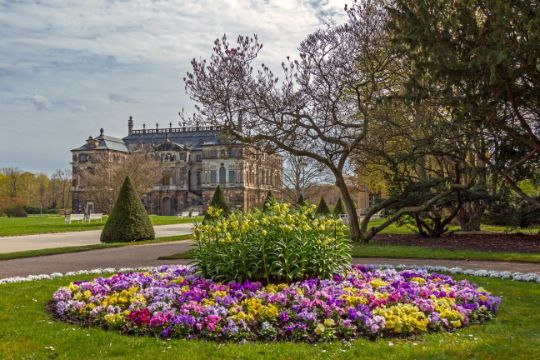
Dresden-Neustadt
Bar and Entertainment Quarter
Neustadt is Dresden’s party district and a hive of local cultural activity. Here, you will find restaurants with cuisine to suit every conceivable taste, small art-house cinemas and stages, welcoming cafés and naturally a seemingly endless string of bars. You can get to Neustadt from Radebeul by taking S-Bahn line S1 in the direction of Dresden and Bad Schandau. The nearest stations for the nightlife are Bischofsweg and Dresden-Neustadt.
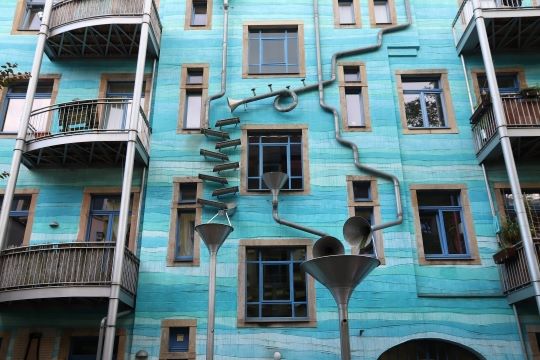
Elbe Palaces
It was not least thanks to these three impressive palaces – Albrechtsberg Palace, Lingner Palace and Eckberg Palace – that the Dresden Elbe Valley earned its former listing as a world cultural heritage site. Overlooking the river approx. 3 kilometres from Dresden city centre, the palaces are a popular destination for cycle tours along the Elbe Cycle Path. The parks of the Albrechtsberg and Lingner Palaces are open to the public and freely accessible during the daytime.
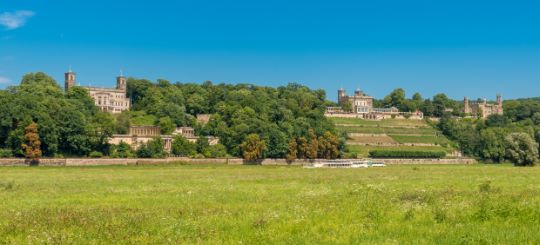
Striezelmarkt Christmas Market
If your training brings you to Dresden during Advent, a visit to the Striezelmarkt Christmas market is an absolute must. It has been held since 1434, for the most part at its current location on the Altmarkt square, and is the oldest documented Christmas market in Germany. The market stalls offer all manner of traditional wooden toys and Christmas decorations from the nearby Erzgebirge Mountains, as well as the famous Dresden Stollen Christmas cake and countless more tasty treats and indulgences.
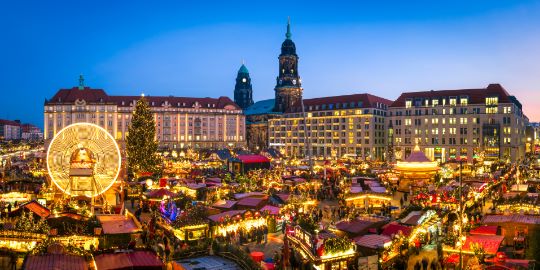
 English
English
 Deutsch
Deutsch
